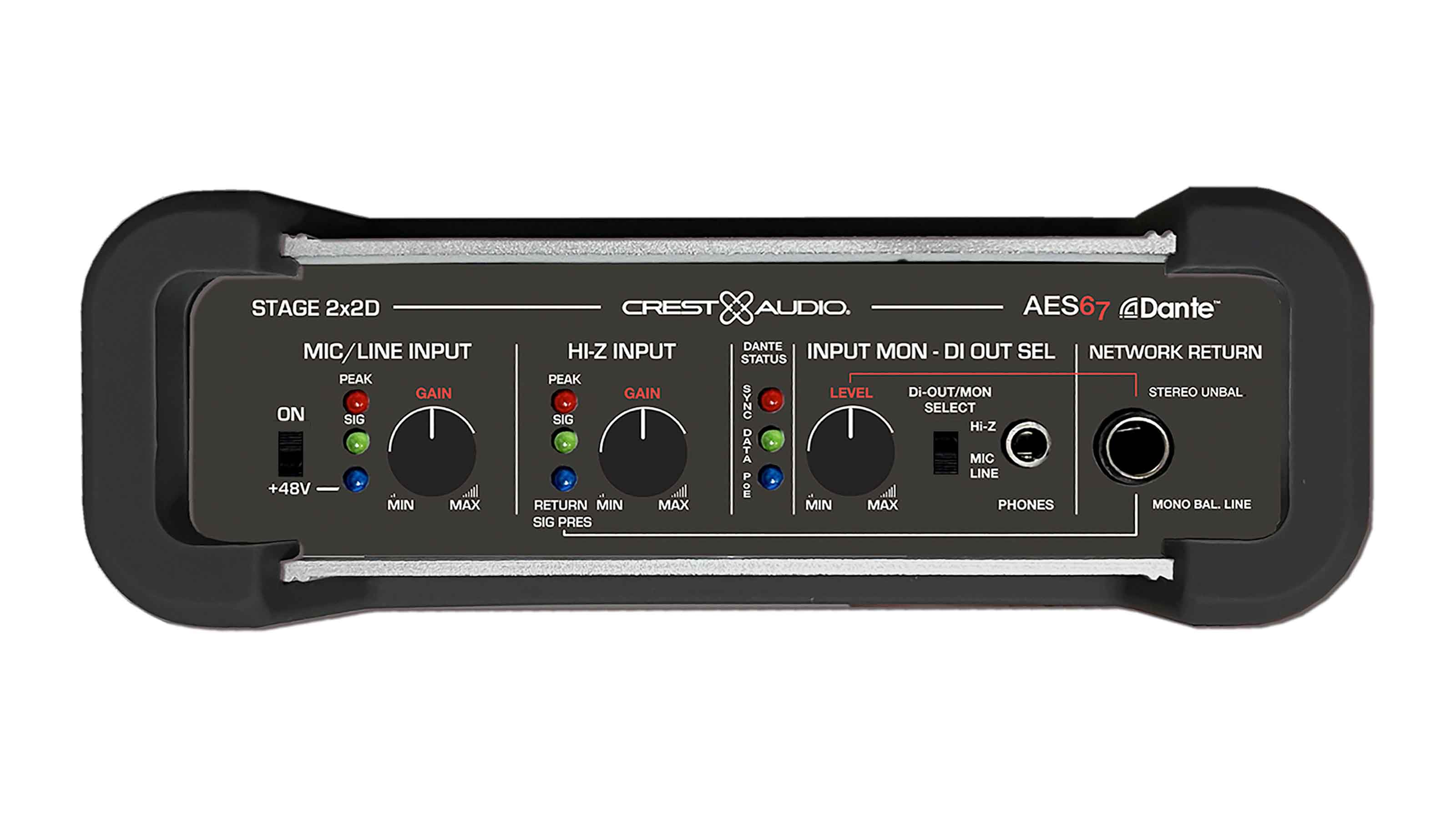Making A Racket

Watching the sound technician swing a shotgun mic from left to right, again and again, it almost seems like she’s mocking the spectator sport most likely to cause neck strain. But she’s just doing her job, capturing each thunk of the racket strings, followed by a grunt from the player and squeaks of rubber sole on hard court. She’s creating the sonic picture of a game some people find visually tedious. But tennis, like most things in life, requires a little bit of understanding before it can truly be appreciated.
It may appear as though the players are merely trying to keep the ball in flight, thwacking it back and forth over the net in an endless series of volleys, but there is in fact a strategic initiative in every hit. In some cases it is simply to run your opponent back and forth across the court, taxing his resources so that he can’t compete as efficiently later on in the match. But more often, it’s a calculated unveiling of a series of strikes which will culminate in one of any number of “winners,” as those shots are called when they pass the opponent by, or land beyond his reach, or simply cause him to get tangled up and mishit.
Put that way, the sport sounds a little like business. It may sometimes seem as though you’re merely going through the motions, keeping the revenue stream afloat. But the most successful members of this industry know that each hit means something, whether it’s early in the game with the efficient delivery of a proposal, or late in the match with a follow-up customer survey.
Even if some would label it a niche sport, tennis tournaments are proving quite lucrative in the struggling economy. Early last month, the U.S. Open drew record crowds and toptier sponsors. In fact, as reported in The New York Times, the U.S. Open has set attendance records four of the past five years and boasts sales numbers that echo that enthusiasm.
The Times went on to attribute the sales success of the tournament to the quality of its audience—dedicated fans that will endure rain, heat, and humidity to see 144-mile-an-hour serves from Rafael Nadal. Also, perhaps not surprisingly, the tennis crowd tends to be in a higher income bracket, a very attractive lure to advertisers.
Does your audience demonstrate that level of loyalty? If you discovered that many stakeholders stuck with you through the tough times, you should congratulate yourself on your game plan. If not, it may be time to add a few new shots to your game.
A daily selection of the top stories for AV integrators, resellers and consultants. Sign up below.
